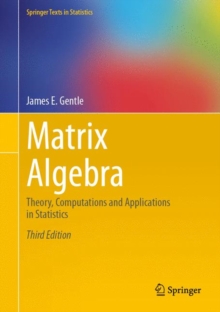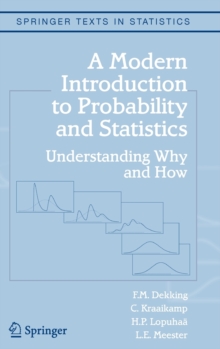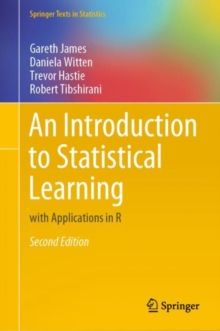
Statistical Models and Methods for Financial Markets PDF
by Tze Leung Lai, Haipeng Xing
Part of the Springer Texts in Statistics series
Description
The idea of writing this bookarosein 2000when the ?rst author wasassigned to teach the required course STATS 240 (Statistical Methods in Finance) in the new M.
S. program in ?nancial mathematics at Stanford, which is an interdisciplinary program that aims to provide a master's-level education in applied mathematics, statistics, computing, ?nance, and economics.
Students in the programhad di?erent backgroundsin statistics.
Some had only taken a basic course in statistical inference, while others had taken a broad spectrum of M.
S. - and Ph. D. -level statistics courses. On the other hand, all of them had already taken required core courses in investment theory and derivative pricing, and STATS 240 was supposed to link the theory and pricing formulas to real-world data and pricing or investment strategies.
Besides students in theprogram,thecoursealso attractedmanystudentsfromother departments in the university, further increasing the heterogeneity of students, as many of them had a strong background in mathematical and statistical modeling from the mathematical, physical, and engineering sciences but no previous experience in ?nance.
To address the diversity in background but common strong interest in the subject and in a potential career as a "quant" in the ?nancialindustry,thecoursematerialwascarefullychosennotonlytopresent basic statistical methods of importance to quantitative ?nance but also to summarize domain knowledge in ?nance and show how it can be combined with statistical modeling in ?nancial analysis and decision making.
The course material evolved over the years, especially after the second author helped as the head TA during the years 2004 and 2005.
Information
-
Download - Immediately Available
- Format:PDF
- Publisher:Springer New York
- Publication Date:08/09/2008
- Category:
- ISBN:9780387778273
Other Formats
- Hardback from £89.99
- Paperback / softback from £55.55
Information
-
Download - Immediately Available
- Format:PDF
- Publisher:Springer New York
- Publication Date:08/09/2008
- Category:
- ISBN:9780387778273










